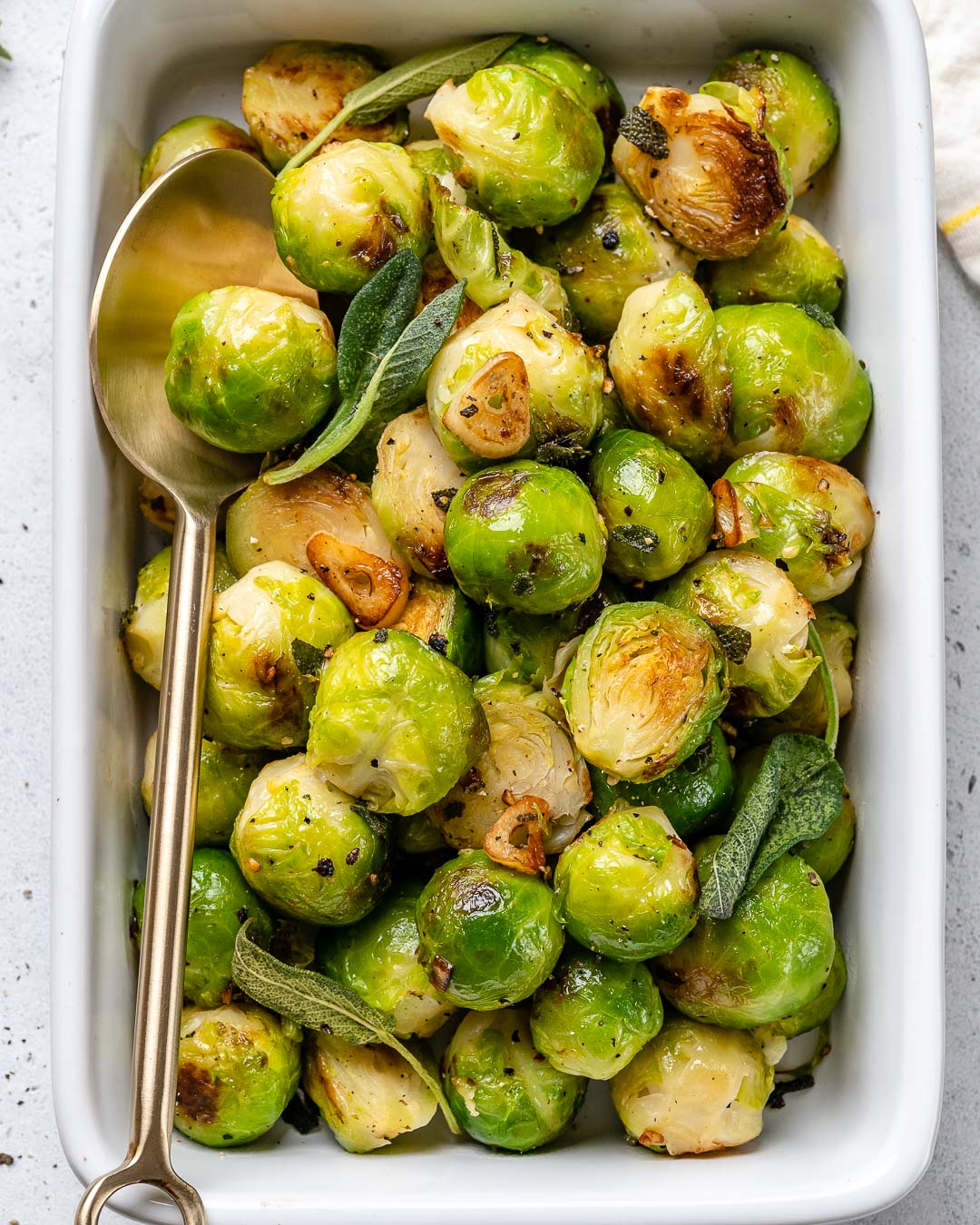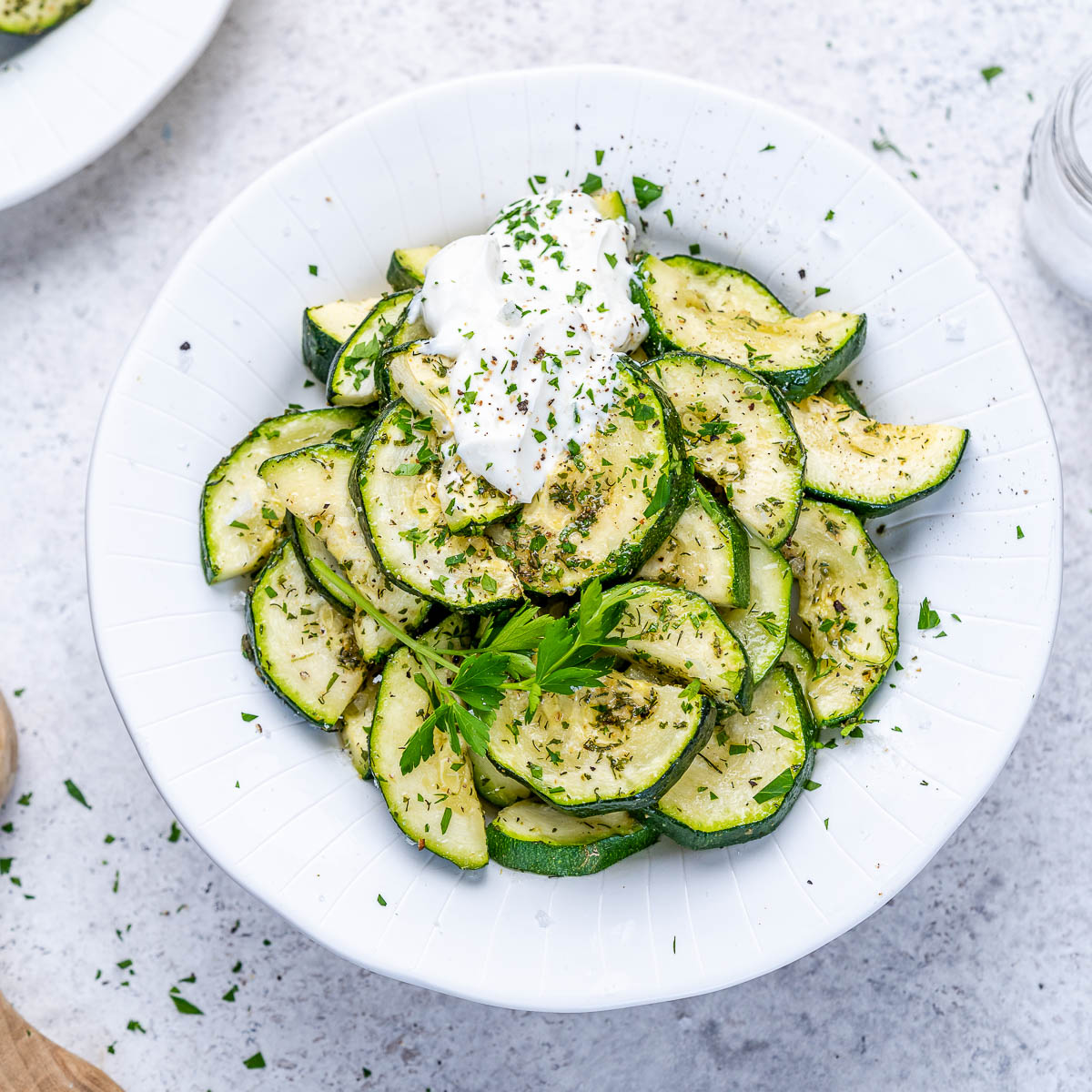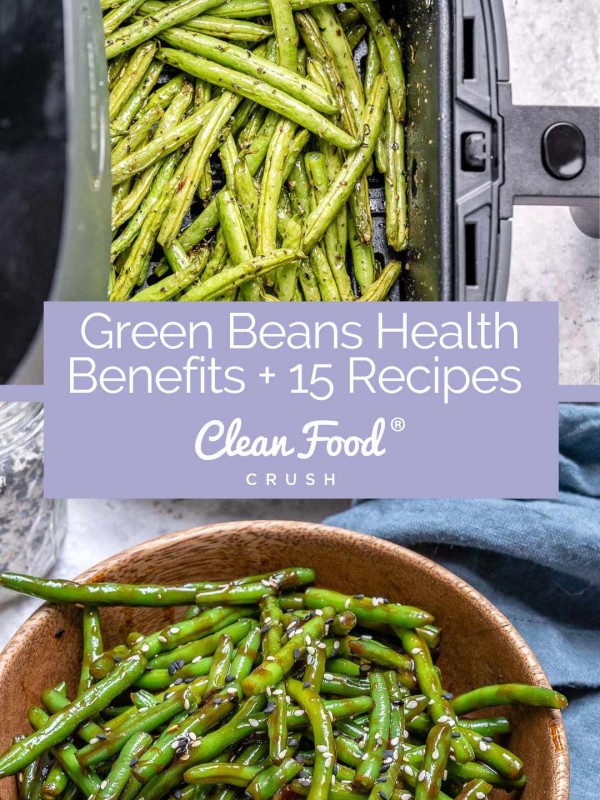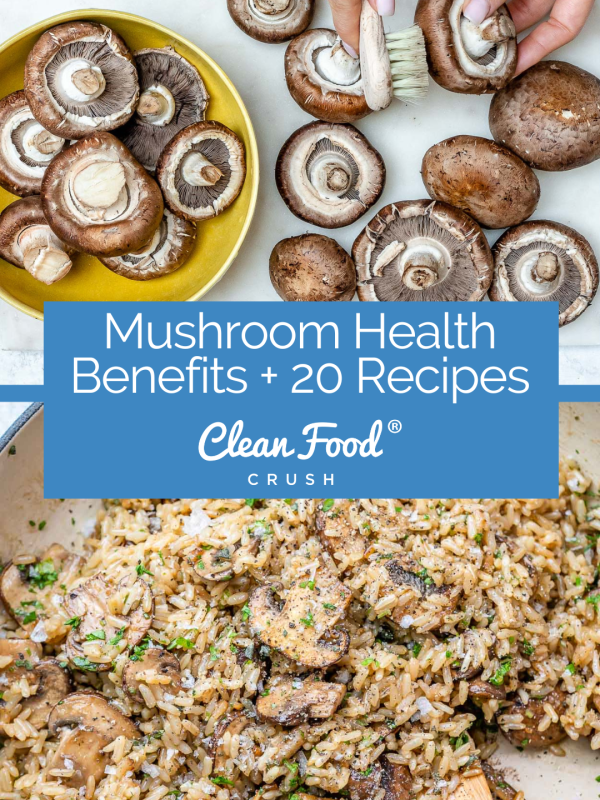This post contains affiliate links. Please see our disclosure policy.
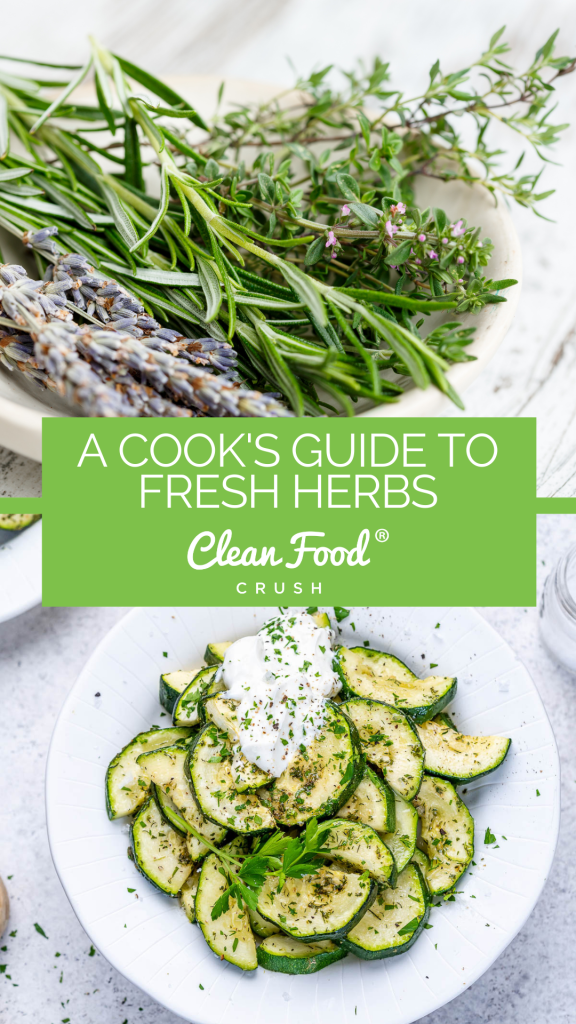
A Cook’s Guide to Fresh Herbs
Have you ever walked down the spice aisle and felt overwhelmed by all the options and different herbs? You don’t know where to start, what half the herbs are, or what to use them for! Well, I’ve put together this guide in the hope of clearing some confusion!
Plain and simple, herbs are plants used in and on food for flavoring and garnishing. You’ve probably heard of a few of these, but maybe there are some you’ve never tried. Let’s dig into 12 amazing herbs that add unique flavors and freshness to your meals (and may also help with other things, such as a pain reliever or as an antiviral)!
Remember that the first 8 herbs are hardy and therefore best when added to cooking your proteins, produce, and meals. The last 4 are delicate and best when added at the end, once your meal is cooked.
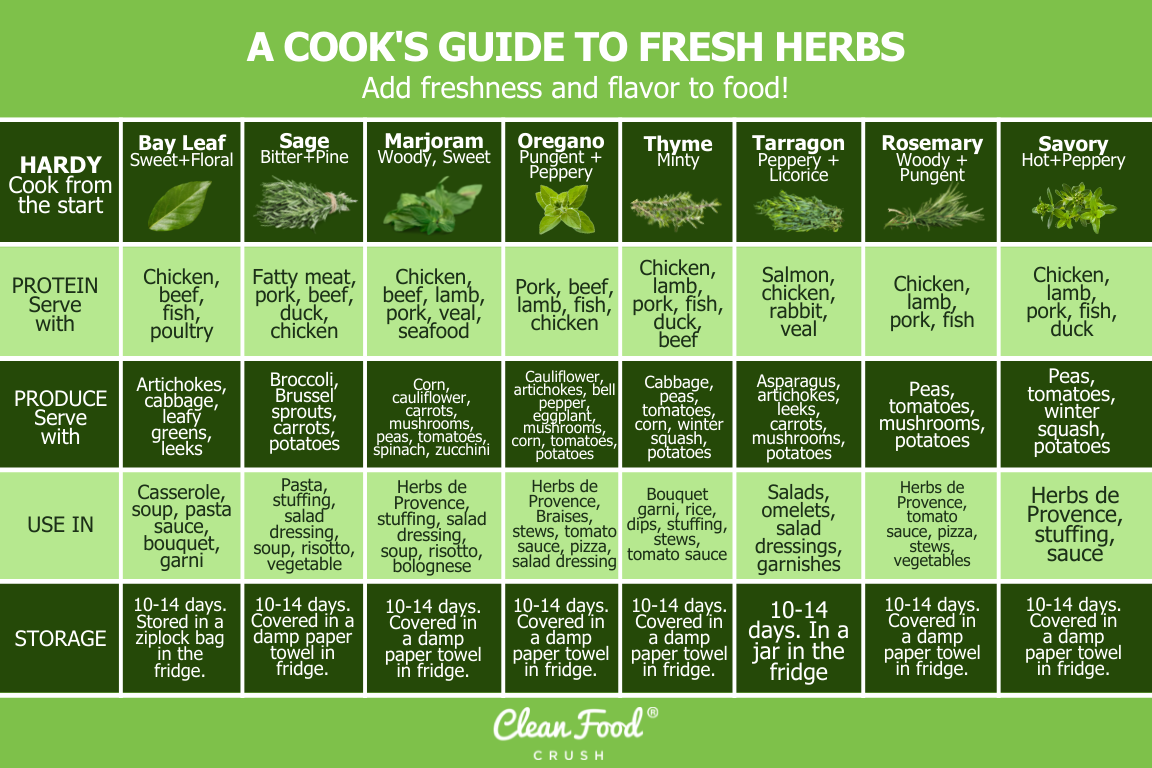
BAY LEAF
Try serving this herb with chicken, beef, poultry, and fish for a sweet and floral twist to your favorite dishes! For example, this Spicy Chicken Bowl relies on the bay leaf for its great signature taste!
Season your artichokes, cabbage, leafy greens, and leeks with a bay leaf to get a delicious floral taste. It’s also helpful when baking casseroles, soups, and pasta sauces!
💡 TIP: You can store bay leaves for 10-14 days in a ziplock baggie in the fridge.
SAGE
Sage pairs well with fatty meats, pork, beef, duck, and chicken, so keep that in mind when you’re picking out protein dishes! It also tastes fantastic with broccoli, Brussel sprouts, carrots, and potatoes.
Sage can add a bitter, piney taste you won’t find anywhere else! Check out these Garlic Sage Brussels Sprouts to experience the sage taste. The herb is also great to add to pasta, stuffing, salad dressings, soups, risotto, and veggies.
💡 TIP: Store your extra sage for 10-14 days covered in a damp paper towel in the fridge.
MARJORAM
Marjoram is a cold-sensitive perennial herb or undershrub with sweet pine and citrus flavors, and it has been linked to several benefits, such as reduced inflammation, improved digestive health, and menstrual regulation.
If you’re looking to add a woody, sweet flavor to your chicken, beef, lamb, pork, veal, or seafood, this one may be the herb for you! It can also be added to corn, cauliflower, carrots, mushrooms, peas, tomatoes, spinach, and zucchini to add some pizzazz to your veggies. Marjoram is an excellent addition to stuffing, salad dressings, soups, risotto, and bolognese.
💡 TIP: Like Sage, store marjoram in a damp paper towel in the fridge for 10-14 days.
OREGANO
A staple herb, oregano is excellent for pork, chicken, beef, lamb, and fish, as well as cauliflower, artichokes, bell peppers, eggplant, mushrooms, corn, tomatoes, and potatoes. Honestly, you can rarely ruin a dish by adding oregano! But this aromatic, peppery spice is perfect for braises, stews, tomato sauce, pizza, and salad dressings.
💡 TIP: Cover your leftover oregano in a damp paper towel in the fridge for 10-14 days.
THYME
What’s more fun than adding a minty kick to your meal? Try pairing thyme with chicken, lamb, pork, fish, duck, and beef! If you’re looking to add some flavor to your produce, try thyme with cabbage, peas, tomatoes, corn, winter squash, and potatoes.
There are plenty of dishes you can use thyme in! A stew, dip, or soup like this Easy French Onion soup is a fantastic option if you need somewhere to start. The herb can also be used in rice dishes, dips, and stuffings.

💡 TIP: Keep any extra thyme covered in a damp paper towel in the fridge for 10-14 days.
TARRAGON
The Tarragon Tuna Salad Boat is one of my all-time favorite recipes, and, as you can see in the name, tarragon is a VITAL ingredient! This herb is wonderful in salads, omelets, and as a garnish but can also be paired with salmon, chicken, and veal and adds a tremendous peppery, licorice-like flavor to asparagus, artichokes, leeks, carrots, mushrooms, and potatoes.
💡 TIP: Store your spare tarragon in a jar in the fridge for 10-14 days.
ROSEMARY
Looking for a good way to make your chicken, lamb, pork, and fish extra woodsy and pungent? Try throwing some rosemary in your recipe! It matches well with peas, tomatoes, mushrooms, and potatoes, or these Rosemary Roasted Carrots.
Also, did you know rosemary is a rich source of antioxidants and anti-inflammatory compounds? Both are thought to help boost the immune system and improve blood circulation, so by adding rosemary to your food, you aren’t just adding flavor but more health benefits as well!
💡 TIP: Store your rosemary covered in a damp paper towel in the fridge for 10-14 days.
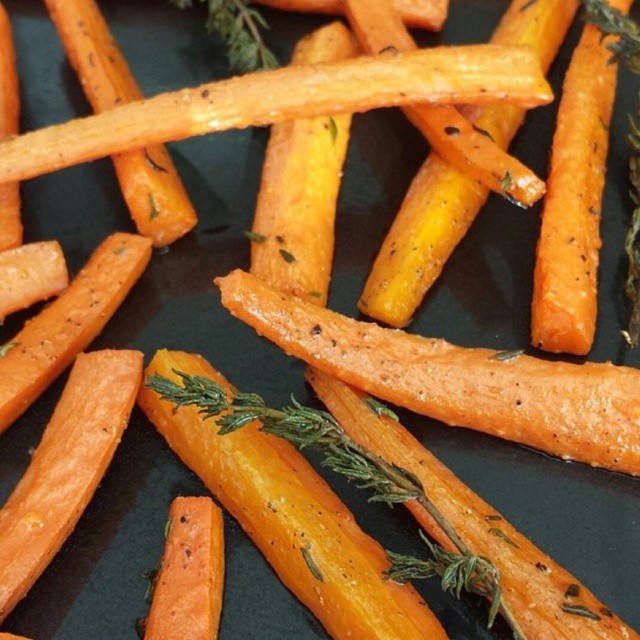
SAVORY
Yes, the herb’s actual name is savory, and it isn’t for the faint of heart! Summer savory has a hot, peppery flavor, while winter savory is earthier and more subdued. Throw savory onto your favorite chicken, lamb, pork, and fish recipes for a peppery kick. It’s great to spice your produce.
Your best Herbs de Provence, stuffing, and sauces won’t know what hit them with this herb!
💡 TIP: Cover your extra savory in a damp paper towel and store in the fridge for 10-14 days.

BASIL
Basil makes me think of warm summer days, juicy tomatoes, and refreshing watermelon! Sometimes I’ll get a craving for summer on a stick, and I’ll throw together a Quick Watermelon, Basil, Mozzarella Skewer. Or you can spend more time cooking a delicious meal full of flavors and nutritional value like this Shrimp Stir Fry.
Basil can also add a sweet and peppery flavor to chicken, beef, fish, and tofu or add the finishing touch to a beautiful meal as a garnish. Consider topping off your recipes with bell peppers, eggplant, artichokes, tomatoes, and zucchini with some basil!
💡 TIP: Keep your extra basil in a jar on the counter for 7-10 days.
DILL
You’ve undoubtedly heard of dill pickles, but this herb is great for lots of other foods too! Rich in antioxidants and a good source of vitamin C, magnesium, and vitamin A, dill may have several benefits for health, including protection against heart disease and cancer.
Pair dill with fish, shellfish, and lamb, as well as onions, cabbage, potatoes, cucumbers, carrots, beets, beans, and tomatoes. Dill is a grassy herb that’s a great choice to garnish omelets, dressings, yogurt, potato salad, sauces, and grains. You can try this Dill Salmon Fritatta and see how you like it!
💡 TIP: Cover dill in a damp paper towel and store in the fridge for 10-14 days.
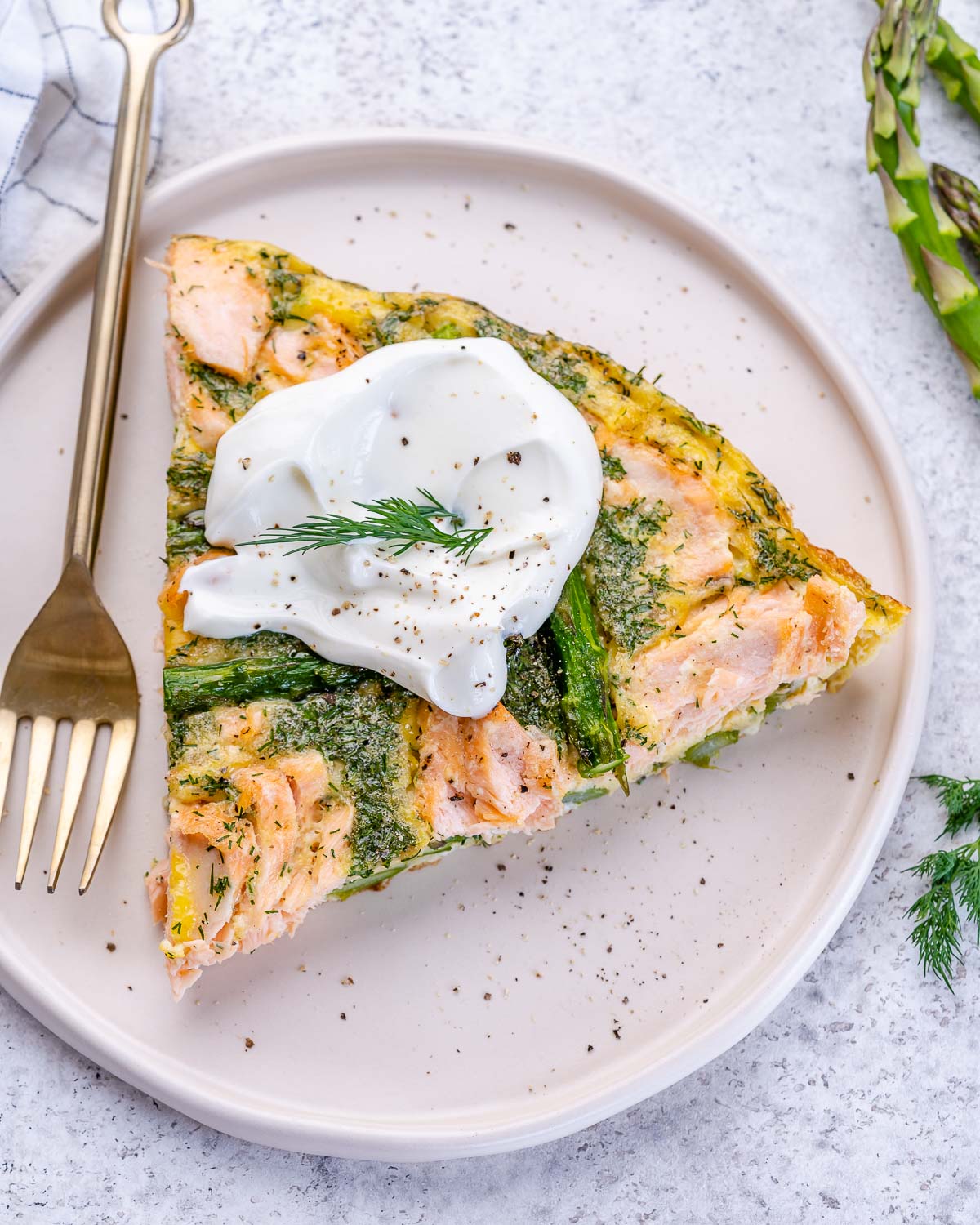
PARSLEY
Give your lamb, veal, chicken, fish, and tofu a fresh, grassy flavor with some parsley. One recipe that really shows off the parsley flavor is this Garlic Herb Chicken Bake (featuring an earlier herb: rosemary!) Pasley also pairs well with peas, potatoes, cucumbers (this recipe is a CFC fave!), mushrooms, tomatoes, and zucchini and can add some much-needed flavor to many dishes and sauces.
💡 TIP: Keep any spare parsley fresh in a jar on the countertop for 7-10 days.
CILANTRO
This bright, citrusy herb is great for garnishing fish, shellfish, chicken, eggplant, avocado, tomatoes, and bell peppers. When looking for recipes, you’ll probably notice it’s paired with lemon a lot: and for a good reason! Look no further than our Cilantro-Lime Chicken and Rice Skillet. It’s a great additive for marinades, salsa, guacamole, eggs, curry, chutney, and salad.

💡 TIP:Store your cilantro in a jar on the counter for 7-10 days.
As you can see, there are a TON of herbs out there that can bring out unique flavors in your favorite meats, veggies, and meals. While you’ve got some great starting points here, remember that part of the fun of cooking is finding combinations that work best for you!
Try experimenting with herbs and see what delicious pairings you come up with. Be sure to let us know in the comments below what herbs and pairings are your favorite.
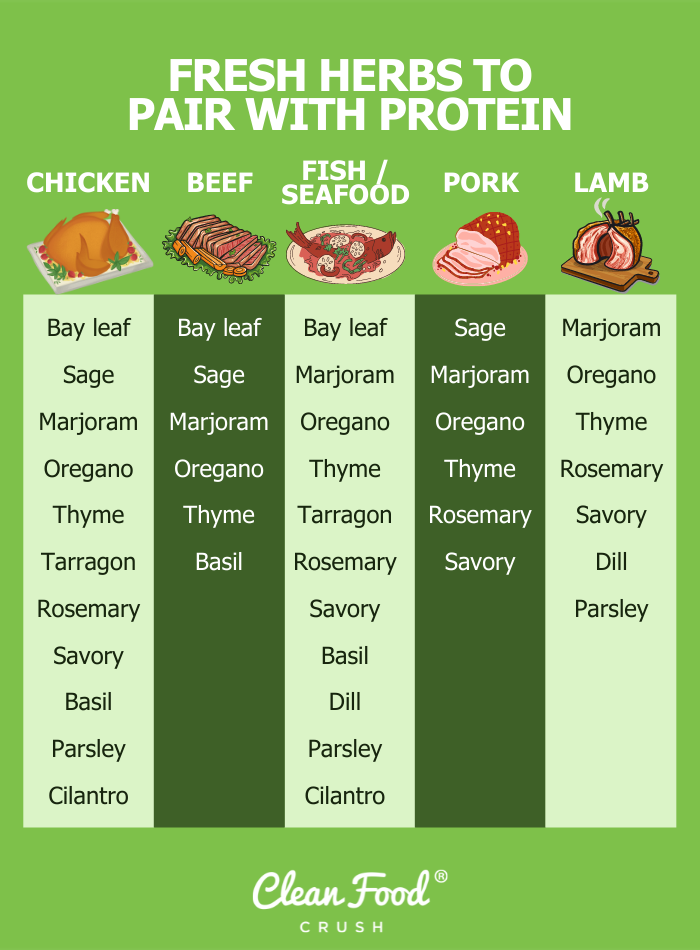
Enjoy, CRUSHers!


